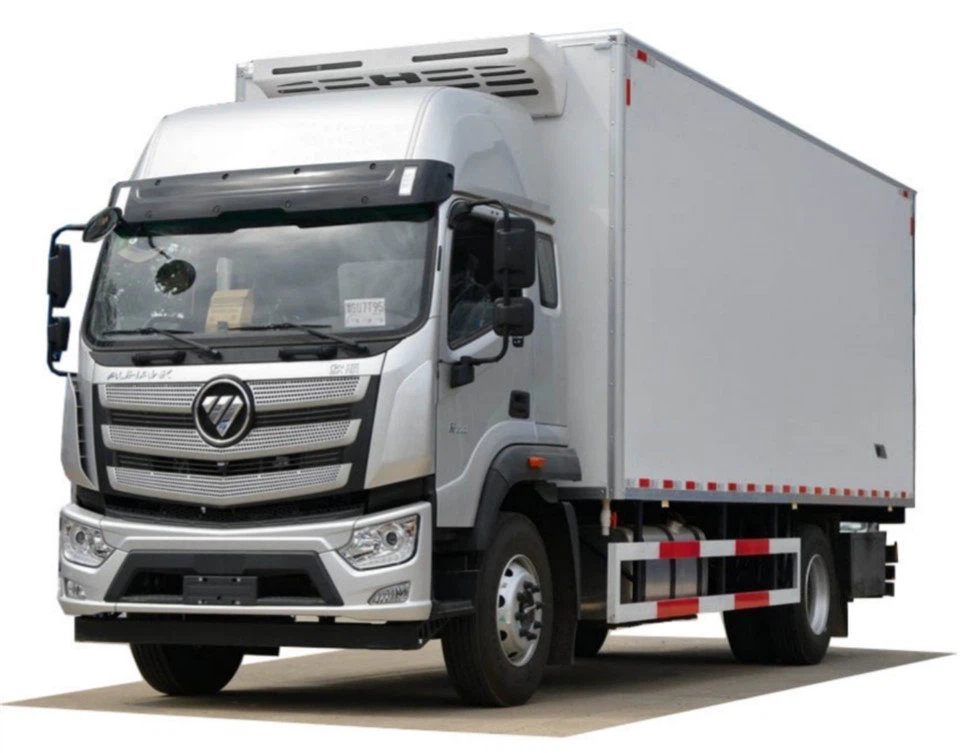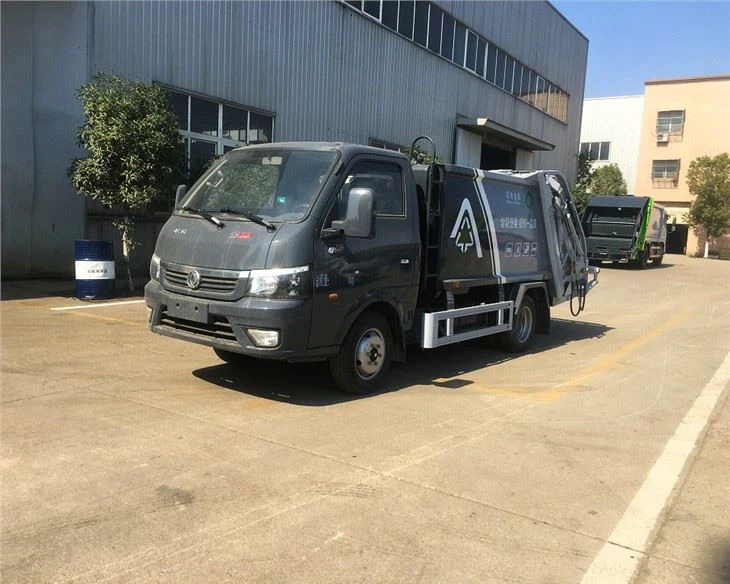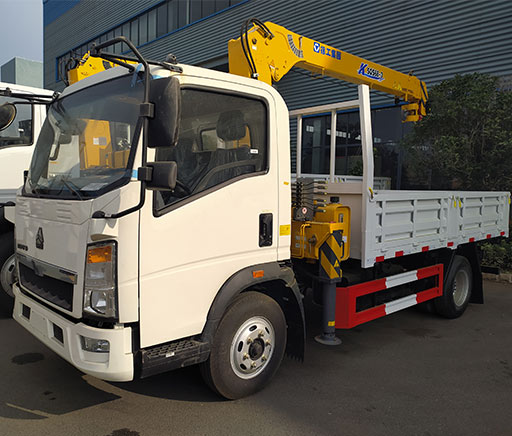In-House Semi Truck Financing: A Comprehensive Guide

In-house semi truck financing is an essential topic for businesses looking to acquire commercial trucks without the headaches of traditional financing options. This article explores various aspects of in-house financing, provides practical examples, tips, and answers to frequently asked questions. Understanding how to leverage in-house financing can be a game-changer for truck owners and fleet operators aiming to grow their operations efficiently.
What is In-House Semi Truck Financing?
In-house semi truck financing refers to a financing method where a trucking company or dealership provides the loan directly to the buyer, rather than through a third-party bank or financing institution. This approach can offer various advantages, including less stringent credit requirements and more flexibility in repayment terms.
The Benefits of Choosing In-House Financing
1. Easier Approval Process
One of the most significant benefits of in-house financing is the expedited approval process. Traditional lenders often require extensive documentation and may take weeks to reach a decision. In contrast, in-house financing can often be completed within days.
2. Flexible Terms
In-house financing allows for more customizable terms suited to the buyer’s specific needs. This may include lower down payments, extended payment schedules, or tailored interest rates.
3. Building Relationships
When opting for in-house financing, customers often develop a direct relationship with the lender. This connection can lead to better service, personalized attention, and a greater understanding of the business’s needs.
4. Potential Tax Benefits
In-house financing may allow buyers to take advantage of specific tax benefits associated with vehicle ownership. These could include deductions for depreciation or interest payments.
How In-House Financing Works
Step-by-Step Process
The in-house financing process generally involves several straightforward steps:
- Application: Fill out an application directly with the dealership or trucking company offering in-house financing.
- Credit Check: A basic credit check is often conducted to assess eligibility.
- Negotiation: Discuss and negotiate financing terms, such as interest rates and down payments.
- Documentation: Provide necessary documentation such as proof of income, business registration, and insurance.
- Signing Contracts: Review and sign the contract, making sure to understand all terms and conditions.
- Vehicle Acquisition: Finalize the deal and take possession of the semi truck.

What to Look for in an In-House Financing Offer
- Interest Rates: Compare rates to ensure you’re getting a competitive deal.
- Repayment Terms: Look for flexibility in monthly payments and repayment durations.
- Hidden Fees: Make sure to read the fine print for any fees that may not be immediately obvious.
- Customer Service: Choose a provider known for responsive and helpful service.
Calculating Your Financing Needs
Understanding Loan Amounts
Before applying for in-house financing, it is crucial to determine how much you need to borrow. This consideration should include:
- The total cost of the semi truck
- Additional costs such as taxes, registration, insurance, and any necessary modifications
Using a Financing Calculator
Utilizing a financing calculator can help project monthly payments based on loan amounts, interest rates, and terms. Most dealerships will provide tools on their websites to assist potential buyers in this area.
| Loan Amount | Interest Rate | Term (Months) | Estimated Monthly Payment |
|---|---|---|---|
| $ |
% |
Months | $ |
Types of Semi Trucks You Can Finance In-House
1. New Semi Trucks
New semi trucks will often come with warranty benefits and the latest technology, but they also carry higher price tags. In-house financing can make this investment more manageable.
2. Used Semi Trucks
Used semi trucks are typically less expensive and can be an excellent option for those looking to minimize initial costs. Ensure the vehicle has a clear title and is in good condition.
3. Specialized Trucks
If your business requires specialized trucks (such as refrigerated units or flatbeds), many in-house financing providers will have options tailored to these needs, often offering industry-specific advice.
Common Challenges with In-House Financing

1. High-Interest Rates
Although in-house financing can be convenient, some companies may charge higher interest rates compared to traditional lenders. Always compare offers to ensure you’re getting a competitive rate.
2. Limited Loan Amounts
Some in-house financing programs may have caps on the amount you can borrow. This limitation can restrict your options, especially if seeking high-value trucks for long-haul transport.
3. Default Risks
Like any loan, there’s always a risk of defaulting if business circumstances change. It’s critical to assess your financial environment before committing to long-term financing.
Tips for Successful In-House Financing
1. Do Your Research
Study multiple in-house financing options. Compare interest rates, terms, and lender reputations to find the best fit for your business.
2. Maintain Good Credit
While in-house financing might be more lenient, maintaining a good credit score can still provide better terms and options.
3. Create a Budget
Establish a budget before applying. Understand how much you can afford to spend monthly and stick to that plan. Don’t stretch your finances too thin.
4. Ask Questions
Don’t hesitate to ask lenders detailed questions about their financing terms and procedures. Being informed can save you from unexpected issues later on.

Real-Life Examples of In-House Financing
Case Study 1: Small Fleet Owner
A small fleet owner needed to expand her operations by purchasing two used trucks. Through a local dealership offering in-house financing, she secured loans with a 10% interest rate and flexible payment terms that matched her business cycles. This decision enabled her to grow without overextending her finances.
Case Study 2: Start-Up Company
A new trucking start-up was facing difficulty in securing financing through banks due to lack of credit history. They opted for in-house financing with a local carrier, which provided the funding they needed with favorable terms, allowing them to establish a reliable logistics network quickly.
FAQs About In-House Semi Truck Financing
1. What credit score is needed for in-house financing?
While requirements vary, many in-house lenders may accept lower credit scores than traditional banks, sometimes as low as 600. It’s best to check with the specific lender for their policies.
2. Are there any down payment requirements?
Yes, most in-house financing options require a down payment, which can range from 10% to 30% of the vehicle’s price, depending on the lender and the borrower’s credit history.
3. How quickly can I get approved?
The approval process for in-house financing can often be completed in as little as 24-48 hours, allowing for quick acquisition of your semi truck.
4. What happens if I can’t make a payment?
If you miss a payment, contact your lender immediately. They may offer options like payment deferment or restructuring your loan to prevent default.
5. Can I refinance my in-house financing later?
Yes, many lenders allow refinancing options if your business improves or you find a better rate through another lender.
6. Is in-house financing only available for new trucks?
No, in-house financing is available for both new and used trucks, providing flexibility for what suits your business needs.
